01. String Duo in D Major, Hob. VI:D1: I. Adagio non molto
02. String Duo in D Major, Hob. VI:D1: II. Tempo di Minuet
03. String Duo in D Major, Hob. VI:D1: III. Allegro
04. Duo for Violin and Cello in G Major, K. 423: I. Allegro
05. Duo for Violin and Cello in G Major, K. 423: II. Adagio
06. Duo for Violin and Cello in G Major, K. 423: III. Rondeau. Allegro
07. Duo for Violin and Cello in B-Flat Major, K. 424: I. Adagio-Allegro
08. Duo for Violin and Cello in B-Flat Major, K. 424: II. Andante cantabile
09. Duo for Violin and Cello in B-Flat Major, K. 424: III. Tema con variazioni
10. Duo for Violin and Cello Unv 8
At first sight, it would seem that the violin and cello duo be one of the most fortunate combinations available to classical music composers. Together, these two instruments embrace and encompass a range which is only slightly shorter than the piano’s in the low register, and far exceeds it in the high. They have a rather homogeneous sound quality, but also a wide variety of timbres, particularly if all possible techniques of sound production available on these two instruments are employed. These, in fact, include the most exquisite cantabile sounds, which are typical for the string instruments, but also almost percussive sounds, pizzicatos, flageolets and many others. Not only is the violin and cello duo a kind of “bowed piano”, but it is also, in a certain sense, a small orchestra.
In spite of this, the repertoire for this duo is not as abundant as one might imagine. It does list some absolute masterpieces (to name but two, Ravel’s Sonata and Brahms’ Concerto), but not all major composers left works for this duo, and many wrote just one or a few pieces. In the seventeenth and eighteenth century, many were of the idea that such a duo would not have been self-standing; and that some kind of harmonic filling was needed. In fact, if one adds a harpsichord’s harmonies to this duo, the result is the Baroque Sonata for solo violin with continuo – and this, of course, is one of the most beloved genres in the Baroque era. In this case, however, not only there is at least one further instrument along with the violin and the cello, but the respective roles of the two bowed instruments are very different. The violin is a soloist; it has to show all of its resources in terms of lyrical expressiveness, virtuosity, brilliancy, and so forth. The cello, along with the “filling” instrument, has to provide the background to this protagonist; although the continuo instruments’ role is far from negligible, it is clearly subordinated to that of the soloist.
By way of contrast, a “true” duo for violin and cello should consider both instruments as equals, even though it may, and indeed should, highlight the specific qualities of each. The itinerary leading to such a condition was to be neither easy nor short; indeed, even if one considers the history of piano music, there were long stretches of time when the pianist’s right hand had the lion’s share, whilst the left hand “accompanied”.
The works recorded in this Da Vinci Classics album display some of the finest and earliest examples of how this duo blossomed as a “true” duo, thanks to its focus on what is called “the First Vienna School”. The name is somewhat misleading, because the three musicians represented here do not constitute a pedagogical lineage in the usual sense. Franz Joseph Haydn was the eldest of the three, and was regarded by both his juniors as an undisputed master and also a mentor. Mozart doubtlessly learned many important lessons from him, but one could also say that Haydn himself was happy to take a leaf or two out of Mozart’s book. Furthermore, the closest ties between Mozart and the Haydn family were not with Franz Joseph, but rather with his younger brother Michael, who worked in Salzburg, in the Prince-Archbishop’s chapel just as both Leopold and Wolfgang Amadeus Mozart used to do. Indeed, as we will shortly see, Michael Haydn was one of Mozart’s best friends, and Wolfgang reciprocated this friendship.
Beethoven, by way of contrast, did study under Haydn’s guidance after his arrival in Vienna. His German patrons, upon providing him with the funding for studying and settling in the capital city of the Austro-Hungarian Empire, had wished him that he could receive the spirit of Mozart from Haydn’s hands. This wish, beautiful as it is, was to be fulfilled only in a very broad sense: few things are farthest from the mature Beethoven’s style than “Mozart’s spirit”, and neither were Haydn’s hands young Beethoven’s favourite source of advice. As far as Beethoven himself was willing to admit, Haydn had not been a very successful teacher to him. True, close scrutiny of the young Beethoven’s stylistic evolution reveals that Haydn’s lessons were far from wasted time; however, Ludwig was not enthused with what the aged master was teaching him.
Doubtlessly, however, Franz Joseph Haydn “taught” both Mozart and Beethoven one of the arts he not only mastered best, but also, in a manner of speaking, he had founded: i.e., the art of writing for string quartets. Haydn is rightfully considered as the father of this genre, and the great masterpieces written by both Mozart and Beethoven in this field would probably never have come to light without the inspiration provided by Haydn.
Although there is a world of difference between a string duo and a quartet, Haydn’s supremely refined technique of string writing is clearly observable also in this Duo. Haydn did not leave numerous works for string duos, and most of what he wrote for two string instruments was conceived with the baryton in mind. The baryton was the instrument favoured by his employer, the nobleman Esterházy, and Haydn dutifully wrote numerous works featuring it. There are also six Sonatas/Duos for violin and viola, where, however, the violin is protagonist (once more) to the detriment of the viola. The three-movement Duet recorded here, instead, considers the two instruments on equal footing; frequently, they exchange parts (at times, indeed, the violin plays below the cello part!), and the result is a masterly intertwining of their sounds. This short but masterful work is thought to have been composed in 1782 or earlier, and was issued in 1782 by William Forster, who published Haydn’s works in London, and who called it “A favourite DUETT”. This may mirror (if it is not just a publisher’s trick!) a certain dissemination of this work, which, while exceeding the capabilities of average amateur players, still can be enjoyably performed by the connoisseurs.
The initial Poco Adagio is an enchanted and enchanting lyrical movement, with long lines where the two instrument’s cantabile is called to shine. The ensuing Menuetto (which fails to provide tonal contrast, since it is, as the other two movements, in the same key of D major) is full of the quintessentially Haydnesque humour and refinement. It also requires virtuosity of the performers, with numerous double stops, leaps, and quick passages. The last movement develops the two instruments’ dialogue to the point that imitations abound: they seem truly to speak “with one heart”, in a constant citation of what the other instrument has just “said”. Indeed, this attitude mirrors the aesthetics behind the Classical string quartet, which used to be defined as a refined conversation among cultivated people. In turn, this reflects the social and philosophical conventions of the eighteenth century, and its focus on “reason” as the principle which should rule social interactions.
Haydn, as has been said, wrote his Duet around 1782; the following year, Mozart, who had gleefully left Salzburg for Vienna, would write two string Duos in turn (i.e. KV 423 and 424). In fact, he had come back to Salzburg during that summer, and he had taken the opportunity of seeing his longtime friend, Michael Haydn. His fellow composer was seriously ill, and was highly concerned because his bad health was preventing him from fulfilling a commission he had received from the Prince-Archbishop, Hieronymus Colloredo (whom Mozart heartily disliked). Colloredo had requested his employee Michael Haydn to complete a set of six Duets for violin and viola; four of them had been finished, but Haydn feared that he would not be able to complete the remaining two. It was a serious matter: he could lose his employment if he failed to comply with the task he had accepted to fulfil. Mozart, who did not lack either musical ideas or generosity, was happy to help his fellow composer; probably, he was also delighted by the idea of playing a trick to his former employer. So he set to work, and within days he had written the two missing Duets. He even tried to mimic Haydn’s style, particularly as concerns the use of embellishments. Still, as present-day musicologists observe, there is such an obvious stylistic difference between Michael Haydn’s “genuine” works and Mozart’s fakes that it strikes us as odd that Colloredo did not notice it. Or perhaps he did notice it, but chose to ignore the matter.
Mozart’s writing is rather brilliant here, and both instruments are asked to play virtuoso figurations. Here too the influence of the composer’s experience in other string works comes to the fore: in particular, musicologists observe the refinement acquired by Mozart through his composition of String Quartet KV 387, which, in turn, is indebted to a symphony by Michael Haydn’s brother, Franz Joseph. These two delightful works are frequently played, as happens here, in their transcription for violin and cello (instead of viola), which endows them with greater nuances and an even more accomplished style.
Last but not least, this album offers its listeners a true gem. It is an unfinished Sonata Allegro by Beethoven, whose one-leaf score is found within a so-called Konvolut, i.e. a bound volume collecting loose sheets. These were probably the sketches and finished works brought by Beethoven from Bonn to Vienna; the single leaf that has survived from this “Kafka sketchbook” (no relation to the writer: it is named after its previous owner, a musician by the family name of Kafka) probably belonged to a completed work, given the (unusual) polish of Beethoven’s handwriting. Considering the beauty of what survives, one cannot but regret what is lost; however, the elegance and refinement of this short page allow us to imagine what may have come after it, and how a young Beethoven could have developed the musical ideas he threw so generously in the Exposition.
Together, these works provide us with an insight on an almost forgotten but fundamental stage of the development of the violin and cello duo, repertoire, and writing style, at a time when Classicism was flourishing and this particular ensemble might be said to express the same kind of polite conversation which the contemporaneous Quartet also sought to embody.
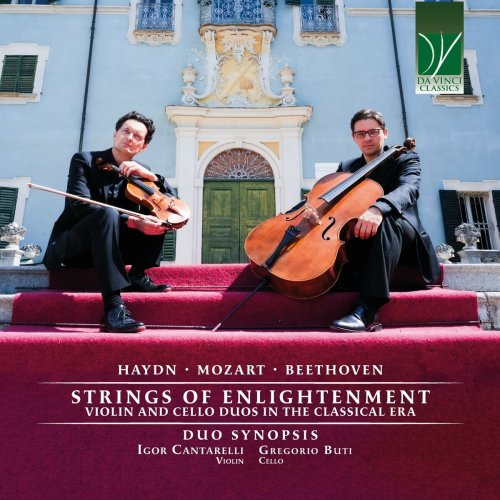

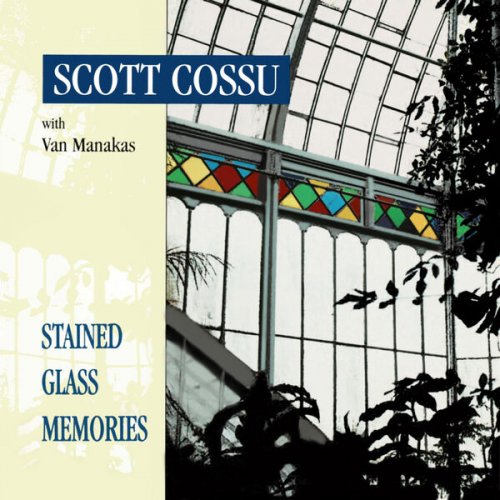
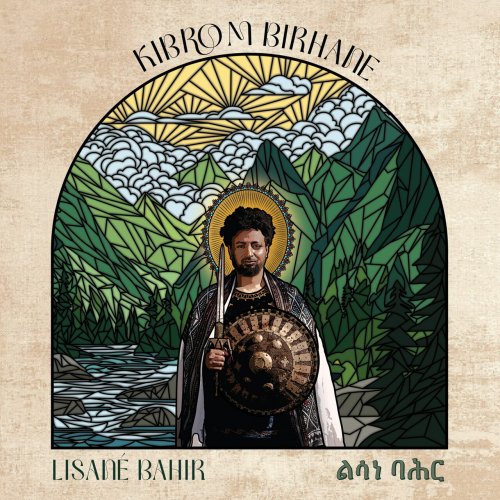
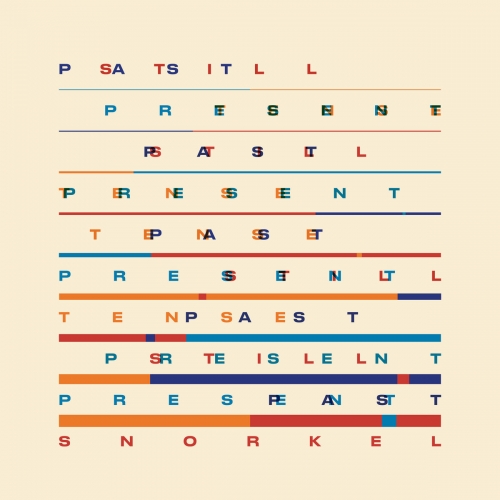
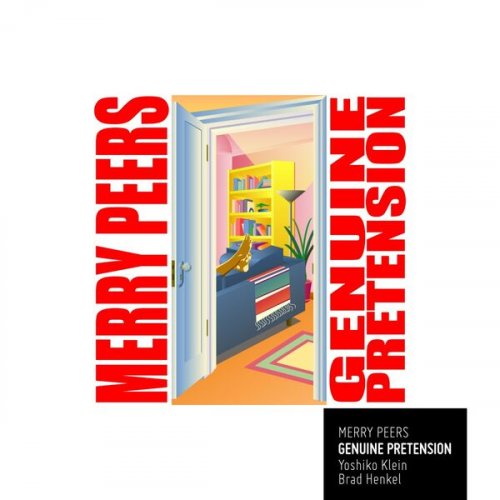
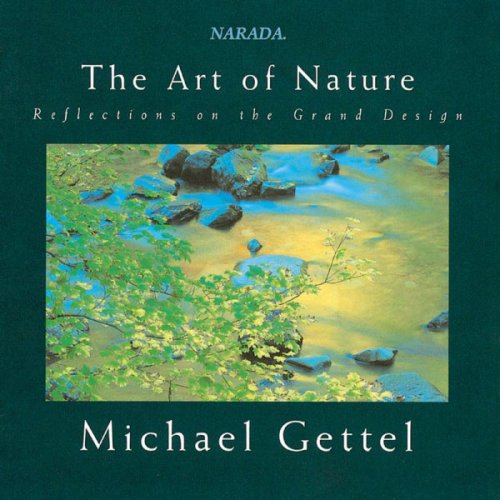
![Tomasz Stańko - Zamek mgieł (Polish Radio Sessions vol. 3/6) (2025) [Hi-Res] Tomasz Stańko - Zamek mgieł (Polish Radio Sessions vol. 3/6) (2025) [Hi-Res]](https://www.dibpic.com/uploads/posts/2025-12/1765795906_cover.jpg)
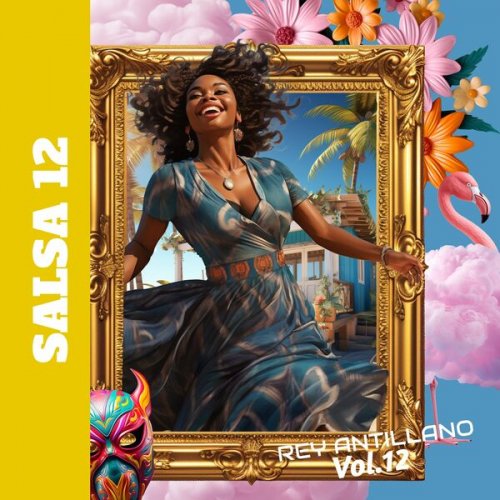
![Koldo Munné & 1520's Ensemble - Live at Jamboree Live Music (2025) [Hi-Res] Koldo Munné & 1520's Ensemble - Live at Jamboree Live Music (2025) [Hi-Res]](https://www.dibpic.com/uploads/posts/2025-12/1765846749_ck2b0xbsb8jna_600.jpg)
![Betty Carter - The Music Never Stops (2019) [Hi-Res] Betty Carter - The Music Never Stops (2019) [Hi-Res]](https://www.dibpic.com/uploads/posts/2025-12/1765896843_bcmn500.jpg)